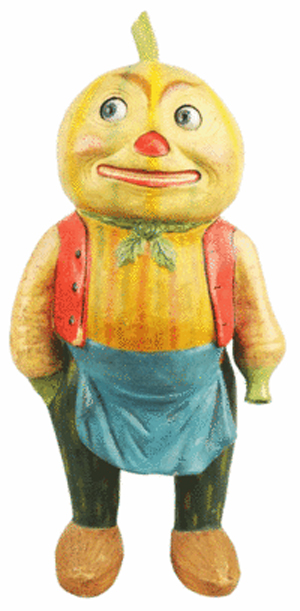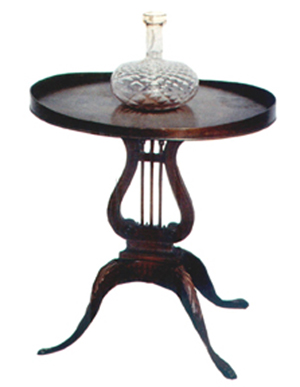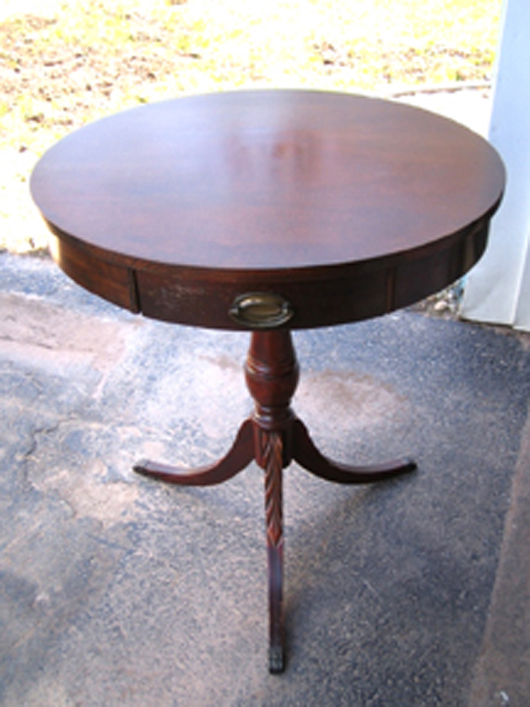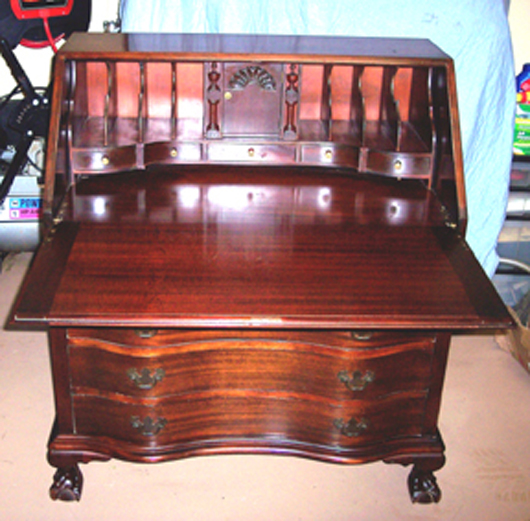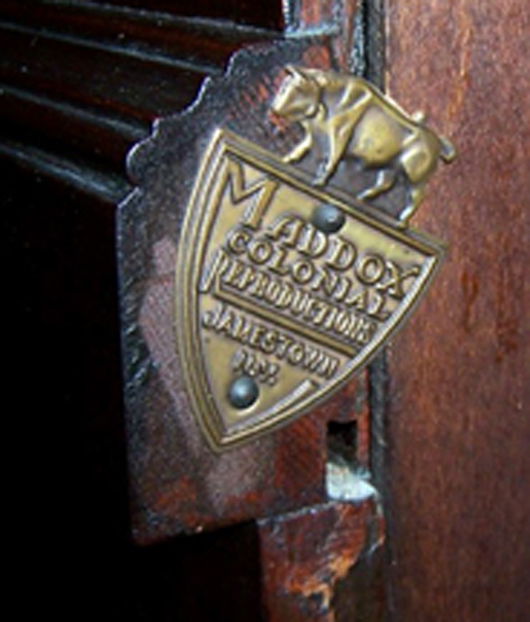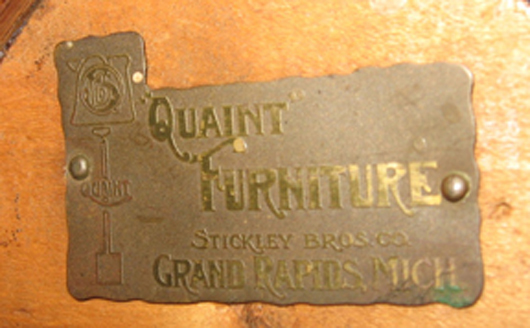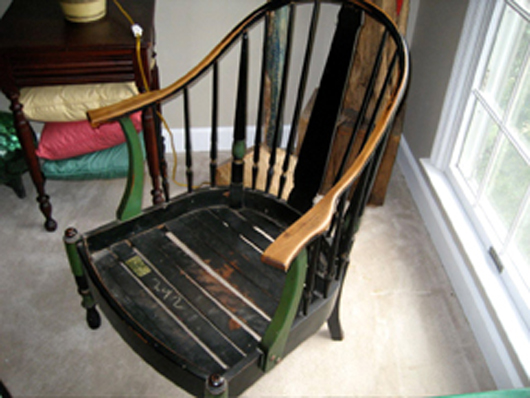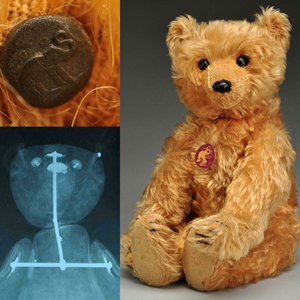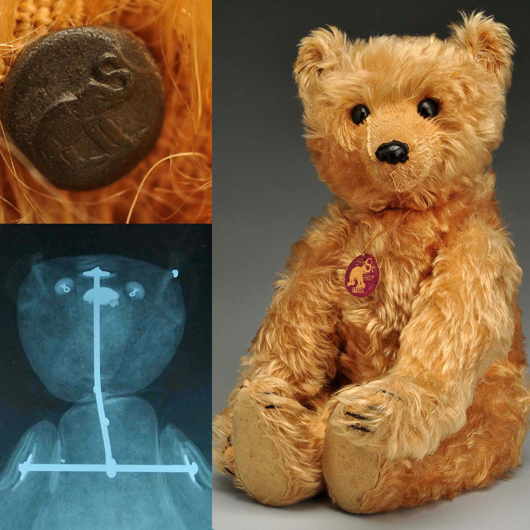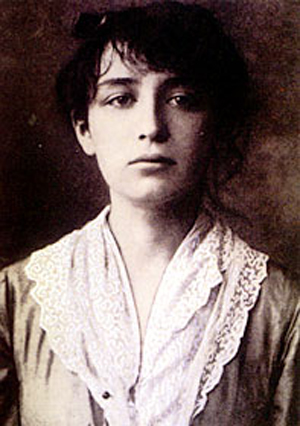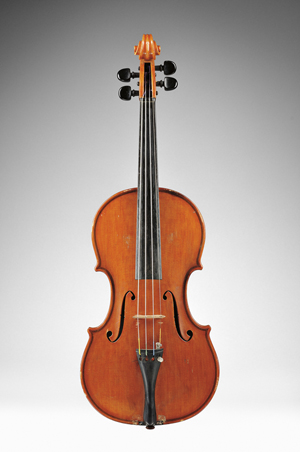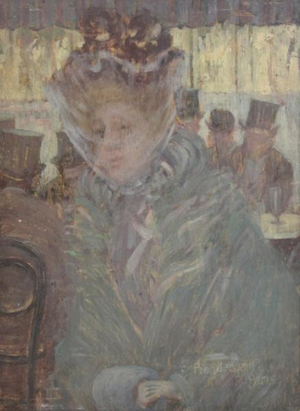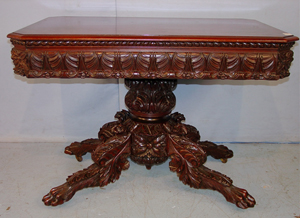
Federal mahogany acanthus carved game table with solid carving to the base top to bottom. Image courtesy of Stevens Auction Co. FLOMATON, Ala. – Stevens Auction Co. – already an auction powerhouse in the Southeast – is about to expand its presence in the region, having recently acquired the building in Flomaton that previously housed Flomaton Antique Auction Inc. Stevens will conduct an inaugural sale at the facility on Saturday, Nov. 12, beginning at 10 a.m. Central.
Internet bidding will be facilitated by LiveAuctioneers.com.
Flomaton (which locals pronounce “Flowmington”) is located near the Gulf Coast in Alabama, just north of the Florida panhandle. It is 64 miles northeast of Mobile and 42 miles north of Pensacola, Fla. For more than four decades, Flomaton Antique Auction Inc., held regular auctions there, in a theater built in 1926. Before shutting down its operation last year, Flomaton Antique Auction Inc. was the area’s premier facility for upscale estate sales.
“When I heard the building was for sale, I had to buy it,” said Dwight Stevens, the owner of Stevens Auction Co., which has been based in Aberdeen, Miss., since its founding in 1984. He added, “I’ve always loved the Gulf Coast and I own a second home in Mobile. I’ll be pretty much shuttling back and forth between Mobile and Aberdeen from this point forward.”
Stevens said he feels fortunate that Flomaton Antique Auction Inc., earned a solid reputation as the area’s premier auction house. “We plan to pick up where they left off,” he said. “Their niche was upscale retirees and culturally refined residents of Mobile and the surrounding area. That will be our strategy as well. It’s a target audience that is right now underrepresented.”
The Flomaton auction house will go by the name Stevens at Flomaton. The Aberdeen business will continue to operate as Stevens Auction Co.
The Nov. 12 inaugural auction in Flomaton will be packed with hundreds of quality antiques and collectibles, consigned by several prominent estates in the Southeast.
Period American furniture will feature pieces by the finest names in furniture making. Examples include a rosewood rococo sofa by J.H. Belter in the Henry Clay pattern (circa 1850); a rosewood half tester plantation bed with custom mattress, signed C. Lee (circa 1860); and an R.J. Horner mahogany sofa with inlay across the back and arms and carved feet (circa 1895).
Also offered will be a stunning mahogany acanthus carved bedroom suite (circa 1880), consisting of a bed (88 inches tall), dressing table and chest of drawers; a rosewood Victorian secretary with pierced carved crown, 99 inches tall by 49 inches wide (circa 1850); and a rosewood Victorian breakfront with carved crown, 100 inches tall, 50 inches wide (circa 1860).
Empire pieces will feature a mahogany server with white marble top, rosewood banding, acanthus carved columns and feet, 60 inches tall (circa 1830); and a period mahogany vanity with three-drawer deck top and mirror and scroll feet, 76 inches tall (circa 1840). Also sold will be a lovely mahogany Victorian pedestal with marble top and carving on all sides (circa 1860).
The auction will include a mahogany Empire love seat with claw feet and dolphin heads carved on the arms, and striped upholstery; and a straight-back mahogany settee with dolphins carved on the arms, attributed to Karpen (circa 1880). Also sold will be a gold Victorian over-the-mantel mirror with great carvings, 99 inches tall (circa 1860).
Decorative accessories will feature two pairs of Old Paris vases, one pair 15 inches tall with flowers painted on the side and gold trim, the other pair 18 inches tall (both circa 1880); a nine-piece porcelain fish set with 24-inch-long tray, signed “T.&V. France Limoges”; a pair of extra large Sheridan-style knife boxes; and an antique astral lamp with double-step base with marble.
For more information about Stevens Auction Co. call the firm at 662-369-2200, log on to www.stevensauction.com or email them at stevensauction@bellsouth.net .
ADDITIONAL LOT OF NOTE
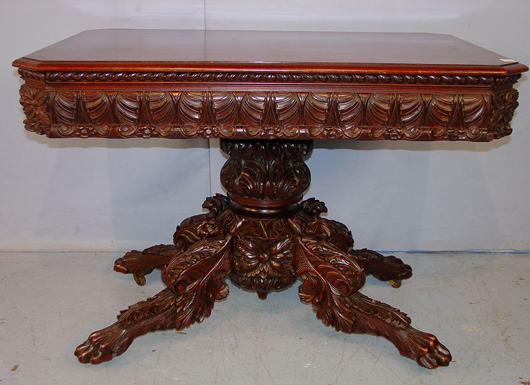
Federal mahogany acanthus carved game table with solid carving to the base top to bottom. Image courtesy of Stevens Auction Co.



